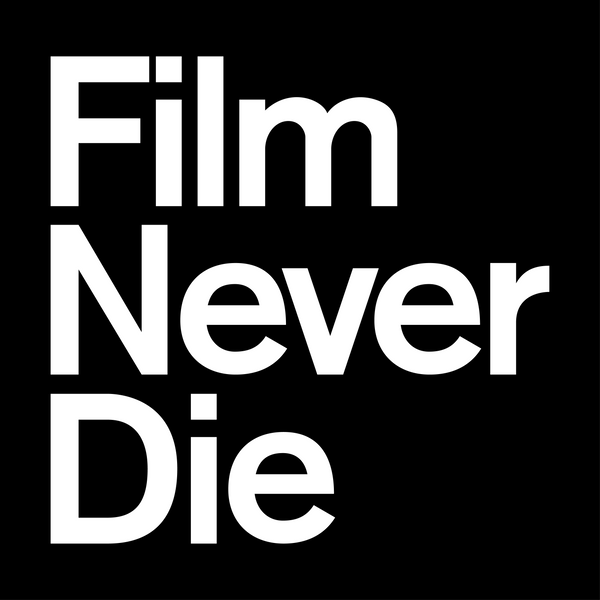The Любитель 166 (Lubitel 166) - The testing
Share
Ah Russia, what a strange country!
Yet, such an awesome history with their soviet-era cameras!

The Lubitel (Russian for 'Amateur') series is any of the Twin-Lens Reflex cameras made by the Lomo Factory in St. Petersburg! So it was high time for me to get to grips with shooting with the Russian beast!
We have several different variants in our display cabinet, so I chose the coolest looking one! Featuring the Russian font on the front and the Olympic logo on the front, which makes me think it might be from 1980, when the Soviet Union hosted the olympics!
I honestly don't know what to think of this camera, so I'll do my usual trick of breaking down each element of the camera!
The build: The material (Possibly bakelight) makes it fairly light, and seems pretty durable to withstand a few knocks and bumps! There is a clip on the back on the camera that holds the film back on, which if it was pressed a little too hard, seems fairly easy to spring the back open! Actually, in hindsight, if something were to get caught under it, and push it up, then it may spring open! But still be careful! There is knobs and switches all the over the thing, which is gonna take a while to get used to!


The Viewfinder: Unless you enjoy going cross eyed, this thing is slightly annoying to use. You have to close one eye to be able to view anything properly. And the view is basically circular.
When adjusting the focus, nothing changes except this tiny little circle in the middle - which you can barely see looking direct into the finder.
Luckily it has the flip up magnifier, which makes it a hell of a lot easier to compose anything. Looking through this magnifies the tiny little focusing circle, meaning you can vaguely achieve focus.
The viewing hood does close up though, making the camera more compact when in storage or not being used.
As with most TLR's, everytime you move the camera, the subject in the viewfinder moves in the opposite direction.
Flash hotshoe: A little awkward putting a modern flash on the hotshoe, with the way it adds side weight to the camera, But I guess at the time it was probably designed to use old school flash cubes, attached with a handle! Because they use leaf shutters, you're able to use flash at all shutter speeds, rather than being restricted to 1/60th.

Lens: It is a 75mm lens (Approx. a 40mm lens on a 35mm camera) which makes it coverable from streetscapes to portraits. Apertures range from f/4.5 to f/16, and shutter speeds from B to 1/250. So it is pretty easy to use it either day or night. Considering it's Russian glass, this usually indicates it can be pretty sharp (Well heck, it isn't a Holga camera haha). There is arms and levers all over the lens, so you really need to make sure you are twisting the right knobs to get the right exposure!
Focusing: It's a little awkward trying to focus with this particular model of camera as it doesn't have an arm attached to the lens. So your using you thumb and forefinger, like a vice, to twist it. Combine this with trying to compose your subject with the small viewing circle in the viewfinder, and it's impossible to compose anything that moves at a fast pace. However, if you have a willing model who is patient you can get some great photos from this camera!
Metering: lolwut? This is completely manual so you will either need a dedicated light meter, a good brain for picking exposures by eye or using the sunny 16 rule!
I've decided to put in some Fuji Provia 100F into this cam, and in true Sebastian style - cross processing as always! I'm excited to see how the results come out from this camera!
